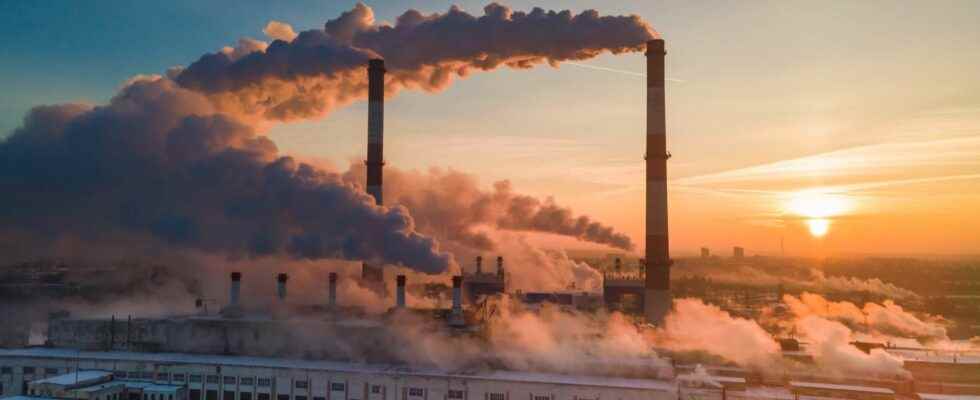You will also be interested
[EN VIDÉO] Interview with Jean Jouzel: Is global warming of human origin? The French paleoclimatologist Jean Jouzel sheds light on the part of responsibility of humans in the climate crisis.
John Sawyer, a weather engineer from Met Officethe national meteorological body in England, is the author of a articlespecific astonishment on climate change, which was published in 1972. In the 1970s, many climatologists of reference believe that the Earth was on the verge of a new ice ageand it was not until the late 1980s that some scientists began to consider the scenario of global warming linked to emissions of CO2.
It will be necessary to wait about 20 years to witness the beginnings, very timid, of the mediatization of the global warming. However, in the 1970s, the meteorologist John Sawyer publishes climate forecasts deemed eccentric by many of his colleagues around the world. These forecasts will turn out to be surprisingly accurate, very close to reality, 50 years later, in 2022.
Warming predictions hard to hear in the 1970s
Born in 1916 and died in 2020, John Sawyer began his career as a technician at the Royal Air Strength during the Second World War, before becoming research director. He quickly became a reference meteorologist at the international level and was appointed president of the Science Commission of theatmosphere within theWorld Meteorological Organizatione. He also directs the Royal Meteorological Society in the 1960s.
His article, titled the carbon dioxide man-made and the greenhouse effectwas published in the leading journal Nature in 1972. He predicts that temperatures will rise by 0.6°C by the end of the 20the century, a slightly overestimated figure (0.48°C in the end).
A blanket present above the atmosphere which prevents heat from escaping and therefore warms the Planet
Sawyer explains how industrial activity leads to increased CO emissions2 which then causes the temperature to rise. A revolutionary concept at the time, and simply unthinkable, even for scientists. He uses the metaphor for this: a cover present above the atmosphere which prevents the heat to escape and therefore warms the planet »a comparison that is used today by all weather experts and climate in their communications.
The meteorologist also explains how part of the CO2 is absorbed by the oceans and by vegetation. More so, it even details how global warming leads to an increase in water vapor in the atmosphere which in turn warms the climate. He cites the calculations of Syukuro Manabe, another weather engineer, who concludes that doubling CO emissions2 cause a 2.4°C rise in global temperature.
Such assumptions were all the more incredible to hear at the time because temperatures had cooled slightly between 1950 and 1970, before actually rising again in the 1970s. an increase 2 to 2.5°C in global temperature between 2050 and 2080.
A fair enough vision of the future despite some oversights
John Sawyer’s forecasts turned out to be generally correct, with some approximations and errors: the meteorologist did not take into account the effect of other greenhouse gasas the methane and ozone for example. He also forgot the role of particulate pollution which has a cooling effect.
But John Sawyer is well aware of the limits of his forecasts and specifies that he would need more sophisticated forecasting modelss” which would represent the global circulation of the atmosphere with the formation of clouds and rain. An idea that was also revolutionary since the very first weather forecasting models only emerged from 1965 and only really developed from the 1980s.
Even if he was not particularly worried about the consequences of global warming, Sawyer nevertheless specified that these changes would have an economic impact. Died in 2000, the meteorologist was finally able to see the reality of his forecasts at the end of his life, without having had the time to observe the consequences we currently know about weather phenomena, human health, biodiversity and the economy.
Interested in what you just read?
